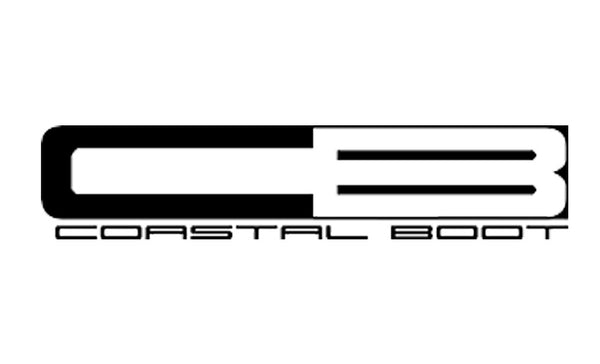Is a Shoe Really Just a Shoe? Not in the Workplace
Share
Sigmund Freud once said “sometimes a cigar is just a cigar.” By that he meant that sometimes a person just wants to smoke a good cigar, so no one should try to read into it. Freud’s logic, however, doesn’t work so well when it comes to work boots. Protective footwear is so much more than just a work boots, it can prevent potential injuries in a dangerous workplace.
There are various important factors that need to be considered when purchasing work boots. So, how do you know which are the right work boots to buy? Let’s check and see what OSHA has to say about this matter. OSHA has a set of guidelines that employers have to follow in regards to personal protective equipment, including protective footwear.
OSHA
According to OSHA's 29 CFR, Part 1910, General Industry regulations, Subpart I, Personal Protective Equipment, 1910.132 General Requirements, it’s necessary to assess the work environment in order to determine what hazards are currently present and may be present in the future. This will allow employers and employees to address the hazards accordingly. When it comes to protective footwear, knowing what hazards you’ll be facing will help you select a product with the right protective properties.
In 1910.136, OSHA identifies certain hazards that should be addressed when choosing protective footwear: "The employer shall ensure that each affected employee uses protective footwear when working in areas where there is a danger of foot injuries due to falling or rolling objects, or objects piercing the sole, and where such employee's feet are exposed to electrical hazards."
What is ASTM?
When shopping for protective footwear, you may notice that many work boots have labels that state the boots are ASTM-rated. Are these type of work boots compliant with OSHA regulations?
Absolutely! According to OSHA standard 1910.136(b)(1), protective footwear purchased after July 5, 1994 must comply with American National Standards Institute (ANSI) standard Z41-1991, "American National Standard for Personal Protection--Protective Footwear," or shall be demonstrated by the employer to be equally effective. Any footwear that meets ASTM standard F2413-05 is compliant with OSHA standards.
What Do Protective Footwear Guard Against?
The ASTM-rated safety shoes fall into two categories: compression resistance and impact resistance. Impact and compression requirements measurement the protective footwear’s ability to protect the wearer from rolling or falling objects. ASTM-rated safety shoes are made using a steel or nonmetallic toe cap, which protects the wearer’s toes from breaking or being crushed.
The two classifications for impact ratings are Classes 50 and 75:
- I/50 can withstand 50 pounds dropped from 12 inches.
- I/75 can withstand 50 pounds dropped from 18 inches.
I/75 rated toe-caps must be able to withstand 50-pound steel weight being dropped from a height of 18 inches. This is measured in foot-pounds, which means it will protect a worker from an impact of 75 foot-pounds.
The two classifications for compression ratings are also Classes 50 and 75:
- C/50 are tested to withstand compression at 1,750 pounds before the toe-cap begins to collapse or crack
- C/75 are tested to withstand compression at 2,500 pounds before the toe-cap begins to collapse or crack
Understanding the Label
Here is an example of a label you may find on your safety footwear:
ASTM F2413-05
M I/75 C/75
PR
Here’s how you should read this label:
ASTM F2413-05 is the ASTM standard.
M I/75 C/75:
M or F (M = Male or F = Female), in this case the shoe is made for a male
I/75 is the impact resistance rating, while C/75 is the compression resistance rating.
PR:
This line identified what type of protection the shoes or work boots offer from other types of hazards, such as:
Cd = Conductive properties
CS = Chainsaw cut resistance
DI = Dielectric insulation
EH = Electrical insulation properties
ESD = Electrostatic dissipative
PR = Puncture resistance
SR = Slip resistance
Ultimately, it’s up to you and your employer to determine what type of hazards you’ll be facing in the workplace and select safety shoes accordingly. OSHA regulations were put in place in order to keep employees safe, which in turn is also beneficial to employers because fewer accidents mean lower overhead costs, lower insurance premiums, and fewer worker compensation cases.
Best of all, you can go home at night happy and free of foot injuries!
We at Coastal Boot understand how important safety is, which is why we offer a wide selection of work boots (including safety toe boots) that are both stylish and comfortable. We have brands such as Georgia Boot, Timberland, Caterpillar, Chippewa Boots, Dan Post Boots, Danner, Dr. Martens, Harley-Davidson, Iron Age, Keen, Thorogood, and many more. Give us a call today at 1 (800) 972-7627 to place an order over the phone or go to our website, and place your order online.
Get Social With Us...
- Connect With Us On Google+
